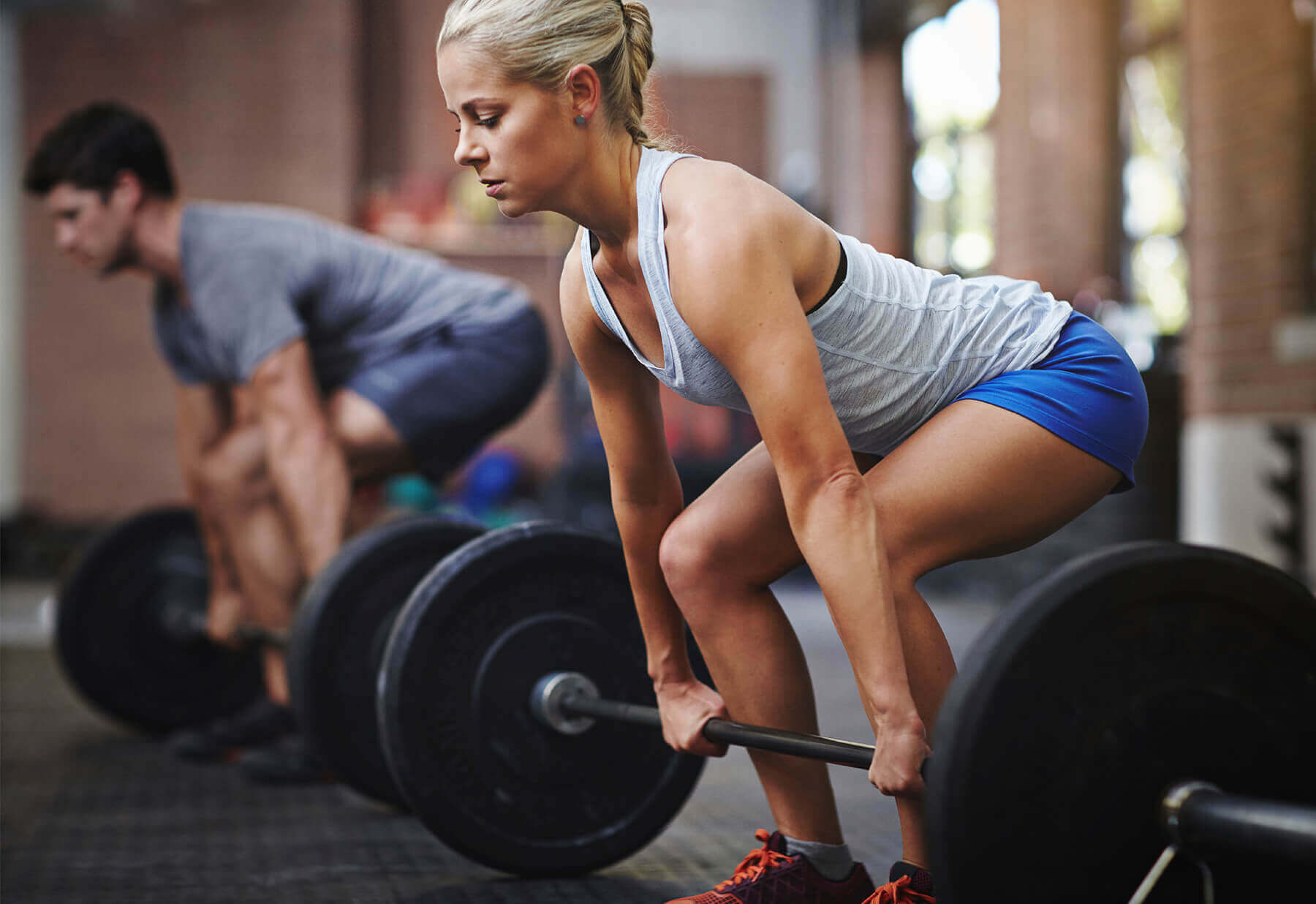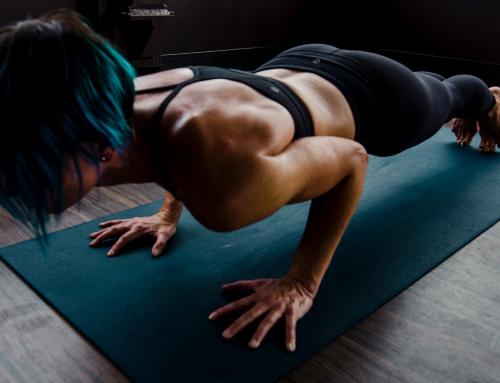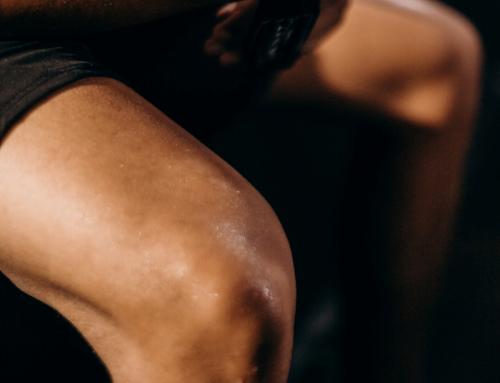 All athletes — not just runners — have a favorite form of exercise. But focusing on just one type of motion tends to cause some muscle groups to become stronger and tighter at the expense of other muscle groups — leading to injuries. Cross training, by lifting weights for added strength or doing yoga to increase flexibility, can not only add variety to a workout routine, but also make workouts safer by preventing overuse injuries.
All athletes — not just runners — have a favorite form of exercise. But focusing on just one type of motion tends to cause some muscle groups to become stronger and tighter at the expense of other muscle groups — leading to injuries. Cross training, by lifting weights for added strength or doing yoga to increase flexibility, can not only add variety to a workout routine, but also make workouts safer by preventing overuse injuries.
Some runners argue that the weight they add by bulking up with more muscle will slow them down when they are running, but nothing could be farther from the truth. In fact, increasing muscle strength will add power to each step. You will run more efficiently and with better form as a result of strength training. Moreover, strength training gives you a cross-training activity to use on the days when you are taking time off from running so that your muscles can recover.
Muscle Groups
Here are just a few muscle groups, commonly overlooked by runners, that can benefit from strength training:
- Core muscles
- The core muscles in your abdomen and back support the stomach, back, hips, and pelvis. Strengthening these muscles improves the alignment of your pelvis when you are running If your pelvis is not aligned properly during a run — if you are running inefficiently and with poor form — you are more likely to injure your hamstrings, develop low back pain, or have Achilles problems. Sit-ups and other crunch variations can help you to improve your core strength. You can also strengthen your core muscles with Pilates or even with certain yoga poses. Tai chi can improve your pelvic alignment. Push-ups are an excellent core exercise.
- Glutes
- During running, the gluteal muscles hold the pelvis steady, keeping the pelvis, torso, and legs in good alignment. When glutes are weak, runners are prone to developing shin splints, runner’s knee, Achilles tendonitis, and injuries to the iliotibial-band. To work your glutes, you can start with traditional squats, but you might want to also branch out to lunges, step ups, and a one-legged squat. If you’re into yoga, try chair, warrior one or two, floating stick (which is also good for your core), half-moon, or crescent pose.
- Leg muscles
- Runners typically have strong leg muscles. However, strength training can build those muscles more. Many glute exercises, such as squats and lunges, will also work your leg muscles.
Protect Yourself with Strength Training
If possible, get advice from your sports medicine doctor, orthopedic surgeon or physical therapist–They can help you decide what exercises are safe according to your specific injuries. Moreover, a personal trainer can explain how to use the machines in your local gym to add weight to your strength training regimen.





